DOCtalk with Dr. Gregg 7/21/15
Dr. Happy and Dr. Mad
Dr. Happy burst forth into the physicians’ lounge yesterday, his typical ear-to-ear grin stretched across his clean-shaven face. Dr. Mad sat across the room, sullen and slinking well into his faux leather club chair. Ensconced in a copy of the Journal of Medical Ethics, I denied the impulse to engage, preferring to fly-on-the-wall it while listening to the ensuing debate. I just knew it’d be fun.
Dr. Happy: So, Dr. Mad, did you have a chance to review the new system updates and play around a bit with the new EHR features they rolled out last week? Weren’t they great?! I love the new customizability they added to our Note Tags.

Dr. Mad: Great?? Seriously? Took me three hours just to figure out where they put the link to my custom notes section! These geeks never leave well enough – or should I say, “bad enough?” – alone. Just when you start to have a pseudo-feel for how to navigate these confounded digital charts, some dweeb has to come along and rearrange everything, all in the name of “system enhancements.”
Dr. Happy: Oh, now … it’s not that bad. These systems are so much better than what we used to have, and light years beyond our old pen-and-paper days. You can find information so much better and faster, plus the old “I can’t read the handwriting” issue is obliterated.
Dr. Mad: Not that bad, my butt. The hospital system has gotten so bloated that I often can’t find a thing. It often seems like the old “you can’t get there from here” thing. “Bloatware” would be insulted if it were compared with our EHR. As to the bad handwriting thing, I don’t think going from the proverbial frying pan into the digital fire is a good trade, not at all. Maybe I couldn’t read every note or scribble in somebody’s chart before, but now I can’t find a freakin’ thing amidst all the massive amounts of useless data incorporated into each and every note. Last week I got a copy of a note from the ER for a child who had an ear infection. SEVEN PAGES! Seven pages just to tell me the kid had an acute right otitis media with a cold and was treated with amoxicillin. I just told you in 12 words what it took the system seven full pages to document. You call that “better”?

Dr. Happy: OK, so there are some things we need to work on, I’ll grant you that. But that’s exactly what the new system upgrades are all about: making the EHR work better for you and me.
Dr. Mad: Better for you and me?! Hah! I don’t believe that for a blippin’ nanosecond. The only reasons they made us all go to electronic records in the first place was so that the number crunchers and the bureaucrats could increase their control over us. The C-suiters, the insurance companies, the feds – that’s all any of them want. They want to control us, to tell us what to do and how to do it … and they want to take a huge cut of our pie as they do it. Greedy so-and-sos.
Dr. Happy: Oh, come on now, doc. You don’t really believe that all this wonderful technological improvement for capture and manipulation of healthcare data is about some giant conspiracy to undermine and steal from us providers, do you?
Dr. Mad: You bet your 401K I do! Back in the day, you never had to explain every little thing. You treated people and helped them get better. They paid you for it. Period. Now, every managerial Tom, Dick, and Harry wants to know how many commas and periods you use in you notes, they want to tell you what you should and shouldn’t do, and they want to bill you for the intrusion. Back in the good old days, I never once had a patient demand a refund. Lordy, I never even knew what the term “take-back” meant… well, except maybe as a kid on the school playground. This whole digital healthcare revolution is all about money, nothing more. And the digital tools they are forcing us to use are all about controlling us and keeping us off balance so they can figure out even more ways to cut into our business.
Dr. Happy: Oh, you just have your Grinch hat on today. You know all this technology is leading us toward a better future in healthcare. I know you know that the overload of medical information was just becoming unmanageable with our old ways of doing things and that we just couldn’t continue down that paper-strewn path for long.
Dr. Mad: Well, bah, humbug. All the Whos down in Whoville can just go without their roast beast for all I care. All these changes are killing me! Just when I get one good workflow down, they go and pull the electronic rug from under me. Perfect case in point: this doggone ICD-10 conversion. I mean it… good lord… I mean it… (getting aggravated) …it’s not bad enough that I have to deal with these confounded billing codes in the first place – and I have learned almost all the codes I need to know on a regular basis – but now they wanna throw all those out the window and bring in some Extormity-based new mega-set of codes. Hector’s pup, I’ll be retired by the time I learn all these new ones. Don’t tell me this isn’t all about keeping us off-base so more money can be finagled from our coffers!
Dr. Happy: Well, my friend, I’m sorry you are so unhappy with our system. Me? I find it fascinating, and an enjoyable challenge. I love all the little bells and whistles that come along with it, and I love all the new ways I can manage patient info. I even love using the patient portal to communicate and even think it’s enhanced my patient care.
Dr. Mad: As I said, and I’ll say it again, “Bah, humbug.”
Dr. Happy: (Leaving) You’re such a curmudgeon. See you at the golf outing fundraiser?
Dr. Mad: Yes, though I bet it’ll rain.
From the trenches…
"I was going to buy a copy of "The Power of Positive Thinking", and then I thought: What the hell good would that do?” – Ronnie Shakes

Dr. Gregg Alexander, a grunt in the trenches pediatrician at Madison Pediatrics, is Chief Medical Officer for Health Nuts Media, an HIT and marketing consultant, and sits on the board of directors of the Ohio Health Information Partnership.
Contacts
Jennifer, Mr. H, Lorre, Dr. Jayne, Dr. Gregg, Lt. Dan
More news: HIStalk, HIStalk Connect.
Get HIStalk Practice updates.
Contact us online.
Become a sponsor.









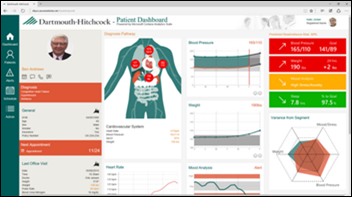






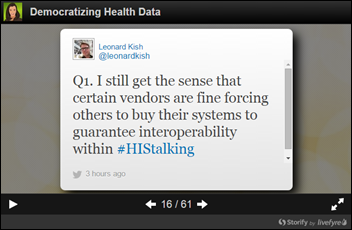

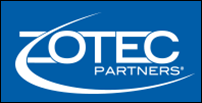
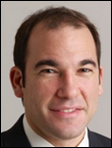

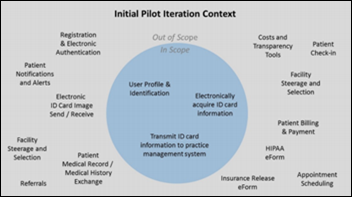

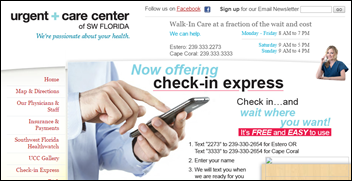
The article about Pediatric Associates in CA has a nugget with a potentially outsized impact: the implication that VFC vaccines…